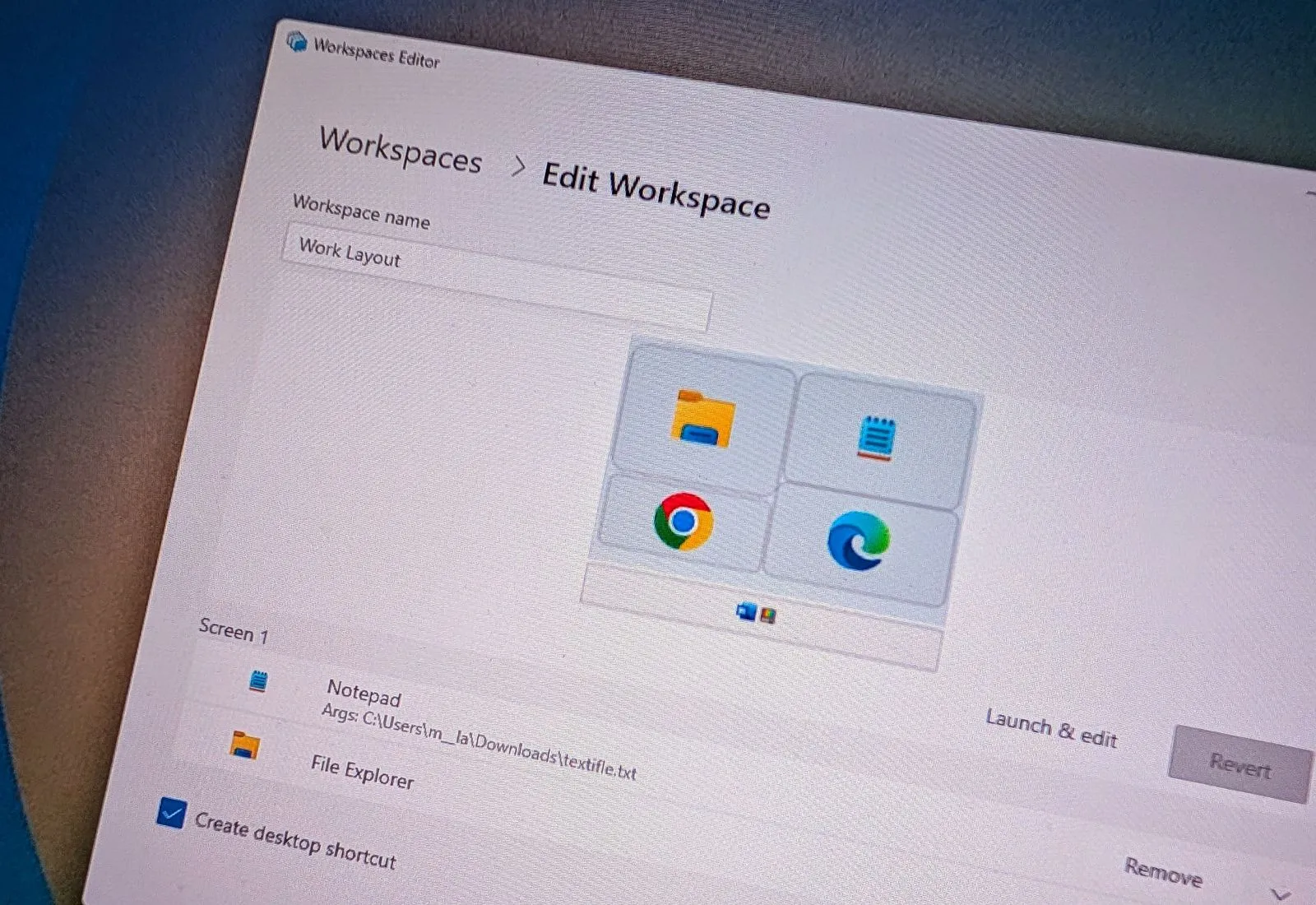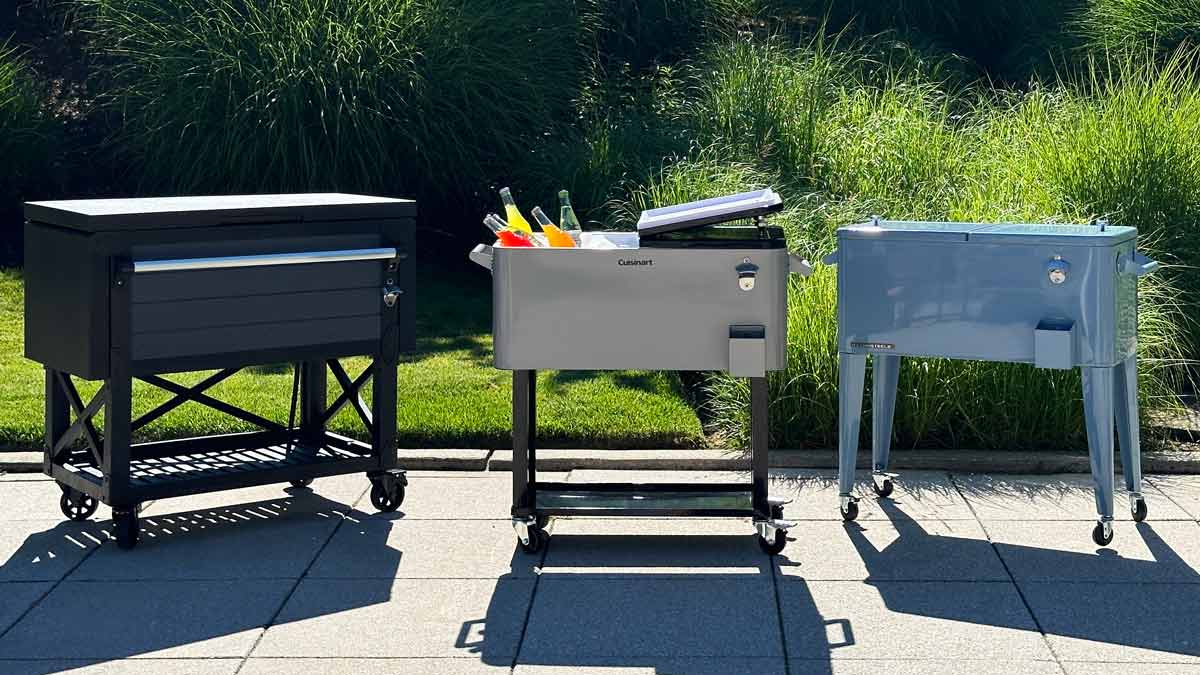How to launch and auto arrange apps with PowerToys on Windows

- To start and arrange a group of apps automatically on Windows 11 (or 10), open PowerToys > Workspaces, turn on the feature, launch the editor, click on “Create Workspace,” create your custom layout of apps, click on “Capture,” edit, and save the configuration. Then, simply click on “Launch” or run the desktop shortcut.
- The feature is available starting with PowerToys version 0.84.0 and higher releases.
On Windows 11 (and 10), you can use PowerToys’ Workspaces to launch and automatically arrange a group of apps on your desktop, and in this guide, I will explain how to use this feature.
As part of my work setup, I have a system with multiple monitors where I usually arrange the same group of apps. Instead of using the default layouts to organize my apps on the desktop, I use the “FanceZones” feature available in PowerToys to create custom layouts. However, even then, when I restart the computer, it takes a long time to relaunch and arrange my apps on the screen, but this is when “Workspaces” comes in handy.
“Workspaces” is a feature available in PowerToys (version 0.84.0) that allows you to create and save custom layouts to launch a group of apps and automatically arrange them on the screen “quickly” with just “one click,” whether you have one, two, three, or more monitors.
In this guide, I’ll explain how to create workspaces with PowerToys to launch and automatically arrange apps on your desktop running Windows 11 (or Windows 10).
Create a workspace to launch and arrange apps automatically
To launch and arrange apps automatically on Windows 11 (or 10) (install PowerToys), use these steps:
-
Open PowerToys.
-
Click on Workspaces.
-
Turn on the Enable Workspaces toggle switch.
-
Click the Launch editor setting.
-
Click the Create Workspace button in the editor.

-
Open and arrange apps with your desired layout.
-
Click the Capture button.

-
Confirm a name for the layout with the option in the top-left corner.
-
Click the Remove button for the apps you don’t want to be part of the layout (if applicable).

-
Click on an application.
-
(Optional) Configure the argument to run a specific command or open a specific file. For example, in my layout, I have Notepad, and I can specify the path to the file I want to open with this layout.
-
(Optional) Check the option to launch the app. For example, you can use the “Launch as Admin” option to start the Windows Terminal as admin. You can also start the app minimized or maximized.
-
(Optional) Customize the position on the screen with left, top, width, and height settings.
-
(Optional) Check the “Create desktop shortcut” option to create a shortcut to launch the workspace quickly.
-
Click the Save Workspace button.
Once you complete the steps, you can click the “Launch” button from the Workspaces interface or use the desktop shortcut to launch and arrange your applications.

To edit or remove the workspace, click the menu button on the right side and choose the “Edit” or “Remove” options.

You can create as many workspaces as you need. You only need to repeat the steps and make sure to confirm a descriptive name for the layout.
The only caveat I have found with this PowerToys feature is that you can only launch the workspace once. If you rerun the same workspace, the feature will try to open the apps again, creating multiple instances of the same application.
Also, if you choose to start some apps minimized, some apps will ignore this option. For example, I set File Explorer and Microsoft Word to start minimized in my test, but they open maximized.
Why You Can Trust Pureinfotech
The author combines expert insights with user-centric guidance, rigorously researching and testing to ensure you receive trustworthy, easy-to-follow tech guides. Review the publishing process.
Source link









